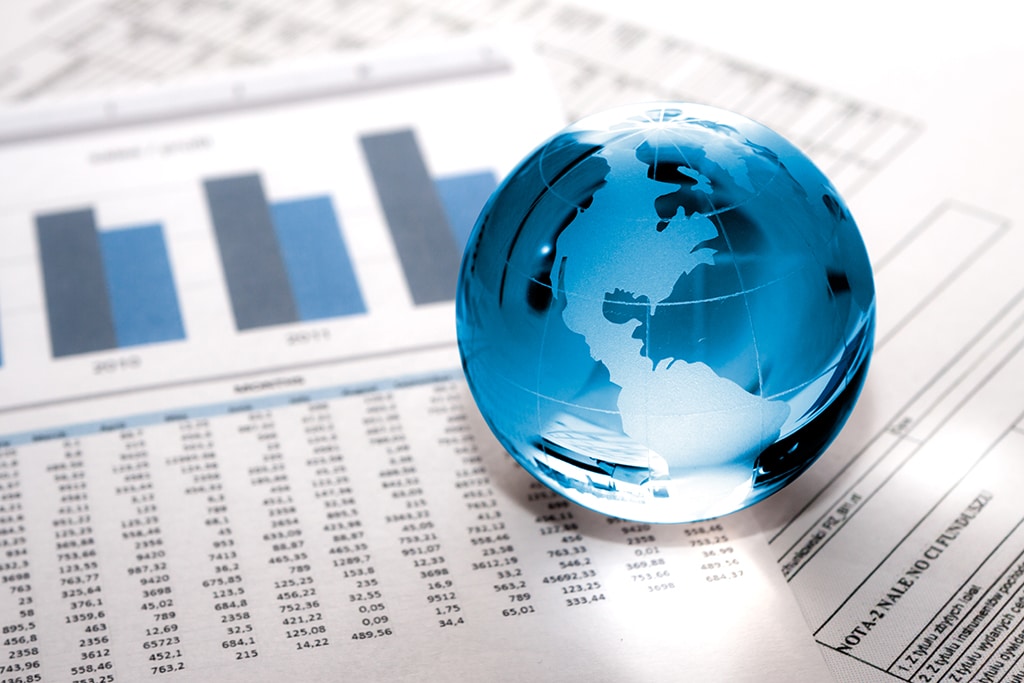With the coronavirus being declared a global pandemic by the WHO, McKinsey predicts different scenarios as to how the global markets will react in the future.
The unprecedented breakout of the COVID-19 virus across the globe has gripped the global markets in absolute fear. A majority of the stock market across the globe have corrected to the tune of 20-30% just over the last month during the coronavirus outbreak.
Businesses across different sectors are facing a major jolt as logistics and trade have significantly slowed down. This has also got the investors worried about whether we are heading for the next global economic recession. Besides, with Dow Jones crashing nearly 30% over the last month, the signs are imminent.
Besides, there’s a massive uncertainty with respect to the coronavirus spread. This has made it impossible to predict any further damage or timeline wherein this can stop. McKinsey & Co has recently presented new research that highlights the potential COVID-19 fallout for markets based on three different scenarios.
For this research, the analysts have highlighted three “swing factors”. Based on their research, McKinsey & Co have found that an average patient of COVID-19 infects 1.6 to 2.4 others. Besides, carriers with over 70 age are experiencing higher fatality rates i.e. 3-4 times the average. Taking all these complexities into account, McKinsey has three scenarios for the global economic outlook.
Three Coronavirus Market Scenarios Ahead As Per McKinsey
1. Quick Recovery: In case of a quick market recovery there’s an assumption that global health networks will start getting confirmation about the fatality ration for COVID-19 in the working-age population. However, this derives another assumption that public health facilities across the globe shall be at par with China.
Although the consumer demand will fall, their nature will be “localized in terms of duration”. Under this consideration, there’s a possibility that the economic slowdown in the U.S. and Europe shall bottom out by the end of March. China will likely recover by the end of April and demand will see a “relatively fast rebound”.
2. Global Slowdown: Countries with the new outbreaks could possibly find it more difficult to enact safety measures. In this case, the fatality rate is likely to be higher than influenza. We can expect strong countermeasures put in place to keep the virus from spreading and make sure it remains on a localized scale.
In such a case, McKinsey expects the Chinese economy to recover by the April end or early Q2. However, other western countries will see a delayed re-bounce by the end of H1 2020. “Ultimately, the spread of the virus is slowed by seasonality. Economies recover in late-Q2, but 2020 global GDP growth drops to 1-1.5 percent,” McKinsey noted.
3. Global Pandemic: Last week, the World Health Organization (WHO) already declared Coronavirus a global pandemic. The WHO director also said that major global economies including the U.S. have failed to act with an efficient health response. Reportedly, new cases are on the rise and will continue up to the December quarter.
In the case of a severe pandemic, McKinsey says that the global economy can expect a serious shock that can last almost a year. Health systems might be overwhelmed in countries that face large-scale human impact,” it said. “Ultimately, this scenario results in a global recession, with growth falling to between -1.5 percent and 0.5 percent in 2020.”
